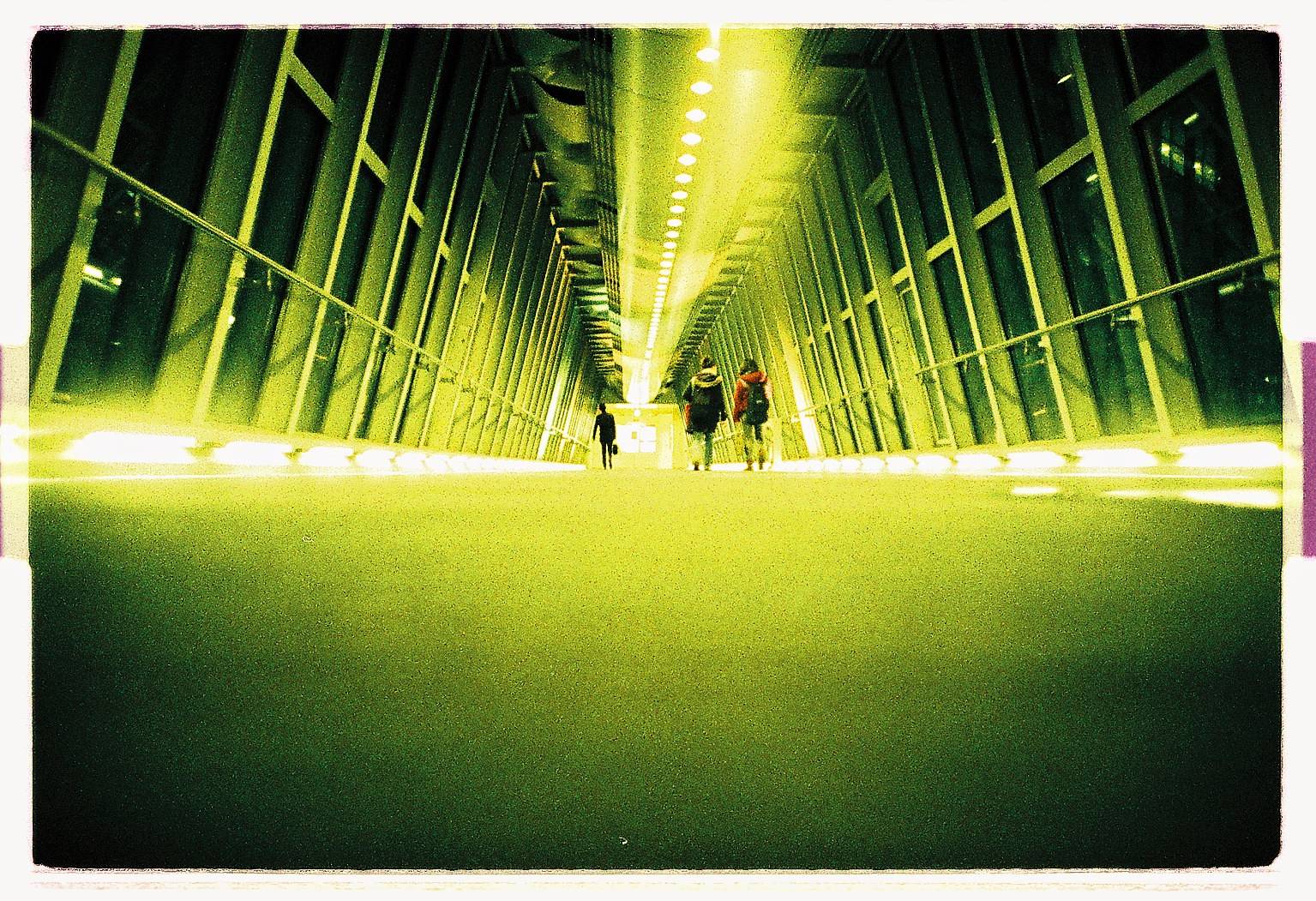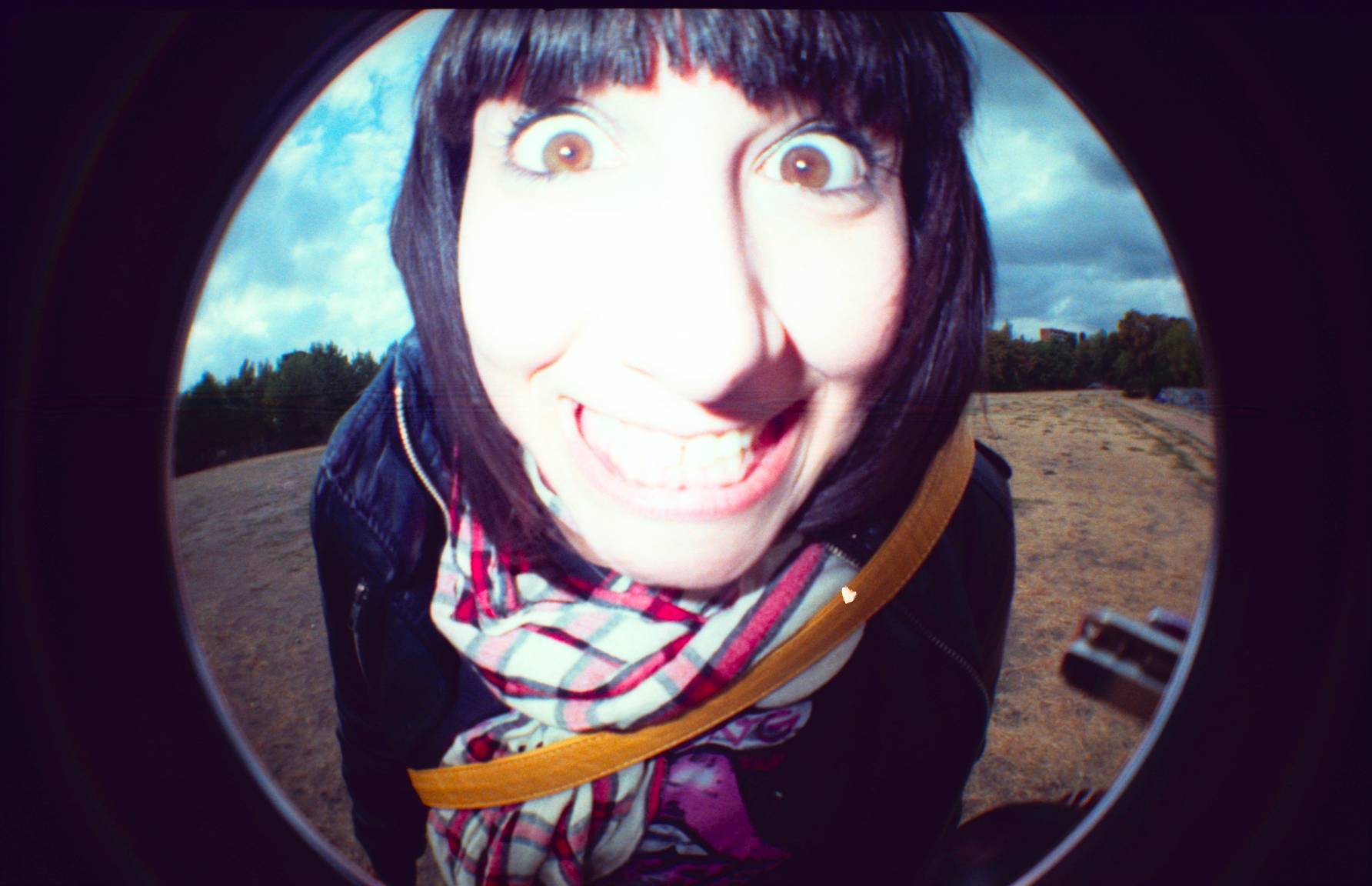How to See as a Lomographer: Perspectives
23 Share TweetEach photographer has its own, unique way of seeing, and without a doubt, Lomographers have the most uncanny, quirky yet creative perspectives! Here we have an introductory list of the different points of view of Lomographers. Feel free to try, test, experiment, mix, match, or come up with your own!
Classic Eye Level
The eye-level angle is the most used and common in photography due to how flexible it is for every genre of photography, for every shot. This makes for great portraits and visual storytelling by learning how to balance the background and foreground around the subject. The devil's always in the details. For distant shots, use intricate, textured backgrounds to make your subject stand out.
The Floor Angle
See the world through the eyes of a critter. The ant's eye view is an extremely low angle. This is quite an unusual perspective to take your photographs with, but gives an incredible amount of depth to the image, emphasizing on size and distance of the elements in the image. The best instance to use this angle is when portraying a contrast between the foreground and background. Grassy gardens with exquisite, decorative flowers or a solid floor with the organized mess of feet in the subway -- the choice is yours!
Shoot from the Hip
Also known as Lomography's Golden Rule No. 4, shooting from the hip is an unconventional perspective as it does not prompt the photographer to look through the viewfinder. It's all about chance and spontaneity. Simply hold out your camera perpendicular to your hip, and shoot! This is best whenever using a Lomography camera such as the Diana F+ or the LC-A+, loaded with color negative film rich in tone such as the Lomography Color Negative 400.
I Spy Fisheye
For many other photographers, the ultra-wide-angle fisheye is usually avoided due to the strong distortion it creates. We Lomographers see differently, though, and we embrace the unique and crazy. Fisheye-shot photographs are great routine breakers of your usual aesthetic. The key to creating a hemispherical image is to have a fisheye lens. Lomography's Fisheye cameras not only ables you to create such shots but also expands the creative possibilities with its own built-in flash. Just make sure to stay close to your subject as possible!
Ever Skyward
Don't forget to look up, too! Point your camera to the heavens, and you might just see something more than the sky and clouds. Take advantage of this angle when you're surrounded by spectacular work of architecture. Look for possible shapes, patterns, emblems!
A Slanted Perspective
More known as the dutch tilt in cinematography, photographers can also utilize this technique to make simple compositions a bit different than usual. We recommend looking for a direction, a movement, and lean the plane of your frame towards there. As seen in the birdshot below by Lomographer venusattack, they opted to tilt the camera's angle with the flying birds as the point of reference.
Bird's Eye
When we look at our surroundings with our feet on the ground, everything looks and feels familiar, but in another angle, it's a whole new realm. It's true that flying from up above is a different world as you look down below. Climb up the roof od your house or building, and point your camera to the city streets. Or how about capturing those landmasses and islands as you take your plane flight?
Hey Lomographer? How do you see your world? Share your sights by uploading them to your LomoHome.
2019-12-03 #tutorials #perspective #creative-photography













































未有留言